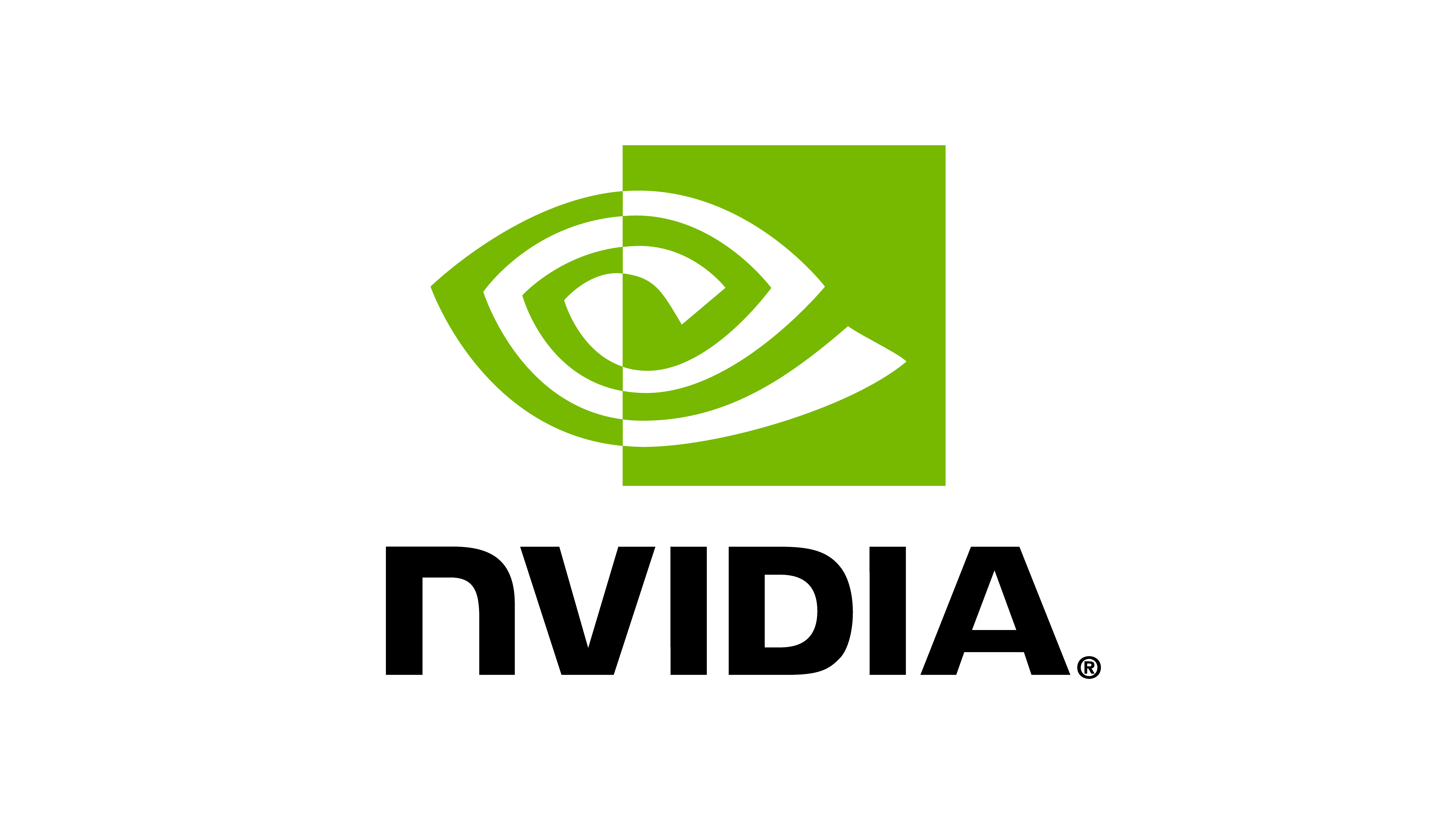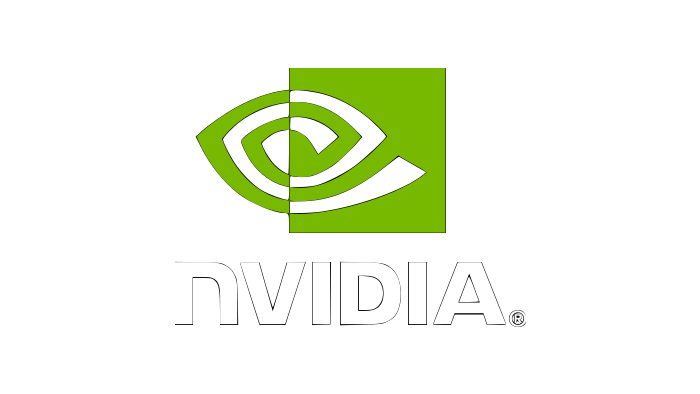Saving rendered images and 3D re-projection#
This guide accompanied with the run_usd_camera.py script in the IsaacLab/source/standalone/tutorials/04_sensors
directory.
Code for run_usd_camera.py
1# Copyright (c) 2022-2024, The Isaac Lab Project Developers.
2# All rights reserved.
3#
4# SPDX-License-Identifier: BSD-3-Clause
5
6"""
7This script shows how to use the camera sensor from the Isaac Lab framework.
8
9The camera sensor is created and interfaced through the Omniverse Replicator API. However, instead of using
10the simulator or OpenGL convention for the camera, we use the robotics or ROS convention.
11
12.. code-block:: bash
13
14 # Usage with GUI
15 ./isaaclab.sh -p source/standalone/tutorials/04_sensors/run_usd_camera.py
16
17 # Usage with headless
18 ./isaaclab.sh -p source/standalone/tutorials/04_sensors/run_usd_camera.py --headless --enable_cameras
19
20"""
21
22"""Launch Isaac Sim Simulator first."""
23
24import argparse
25
26from omni.isaac.lab.app import AppLauncher
27
28# add argparse arguments
29parser = argparse.ArgumentParser(description="This script demonstrates how to use the camera sensor.")
30parser.add_argument("--cpu", action="store_true", default=False, help="Use CPU device for camera output.")
31parser.add_argument(
32 "--draw",
33 action="store_true",
34 default=False,
35 help="Draw the pointcloud from camera at index specified by ``--camera_id``.",
36)
37parser.add_argument(
38 "--save",
39 action="store_true",
40 default=False,
41 help="Save the data from camera at index specified by ``--camera_id``.",
42)
43parser.add_argument(
44 "--camera_id",
45 type=int,
46 choices={0, 1},
47 default=0,
48 help=(
49 "The camera ID to use for displaying points or saving the camera data. Default is 0."
50 " The viewport will always initialize with the perspective of camera 0."
51 ),
52)
53# append AppLauncher cli args
54AppLauncher.add_app_launcher_args(parser)
55# parse the arguments
56args_cli = parser.parse_args()
57args_cli.enable_cameras = True
58# launch omniverse app
59app_launcher = AppLauncher(args_cli)
60simulation_app = app_launcher.app
61
62"""Rest everything follows."""
63
64import numpy as np
65import os
66import random
67import torch
68
69import omni.isaac.core.utils.prims as prim_utils
70import omni.replicator.core as rep
71
72import omni.isaac.lab.sim as sim_utils
73from omni.isaac.lab.assets import RigidObject, RigidObjectCfg
74from omni.isaac.lab.markers import VisualizationMarkers
75from omni.isaac.lab.markers.config import RAY_CASTER_MARKER_CFG
76from omni.isaac.lab.sensors.camera import Camera, CameraCfg
77from omni.isaac.lab.sensors.camera.utils import create_pointcloud_from_depth
78from omni.isaac.lab.utils import convert_dict_to_backend
79
80
81def define_sensor() -> Camera:
82 """Defines the camera sensor to add to the scene."""
83 # Setup camera sensor
84 # In contrast to the ray-cast camera, we spawn the prim at these locations.
85 # This means the camera sensor will be attached to these prims.
86 prim_utils.create_prim("/World/Origin_00", "Xform")
87 prim_utils.create_prim("/World/Origin_01", "Xform")
88 camera_cfg = CameraCfg(
89 prim_path="/World/Origin_.*/CameraSensor",
90 update_period=0,
91 height=480,
92 width=640,
93 data_types=[
94 "rgb",
95 "distance_to_image_plane",
96 "normals",
97 "semantic_segmentation",
98 "instance_segmentation_fast",
99 "instance_id_segmentation_fast",
100 ],
101 colorize_semantic_segmentation=True,
102 colorize_instance_id_segmentation=True,
103 colorize_instance_segmentation=True,
104 spawn=sim_utils.PinholeCameraCfg(
105 focal_length=24.0, focus_distance=400.0, horizontal_aperture=20.955, clipping_range=(0.1, 1.0e5)
106 ),
107 )
108 # Create camera
109 camera = Camera(cfg=camera_cfg)
110
111 return camera
112
113
114def design_scene() -> dict:
115 """Design the scene."""
116 # Populate scene
117 # -- Ground-plane
118 cfg = sim_utils.GroundPlaneCfg()
119 cfg.func("/World/defaultGroundPlane", cfg)
120 # -- Lights
121 cfg = sim_utils.DistantLightCfg(intensity=3000.0, color=(0.75, 0.75, 0.75))
122 cfg.func("/World/Light", cfg)
123
124 # Create a dictionary for the scene entities
125 scene_entities = {}
126
127 # Xform to hold objects
128 prim_utils.create_prim("/World/Objects", "Xform")
129 # Random objects
130 for i in range(8):
131 # sample random position
132 position = np.random.rand(3) - np.asarray([0.05, 0.05, -1.0])
133 position *= np.asarray([1.5, 1.5, 0.5])
134 # sample random color
135 color = (random.random(), random.random(), random.random())
136 # choose random prim type
137 prim_type = random.choice(["Cube", "Cone", "Cylinder"])
138 common_properties = {
139 "rigid_props": sim_utils.RigidBodyPropertiesCfg(),
140 "mass_props": sim_utils.MassPropertiesCfg(mass=5.0),
141 "collision_props": sim_utils.CollisionPropertiesCfg(),
142 "visual_material": sim_utils.PreviewSurfaceCfg(diffuse_color=color, metallic=0.5),
143 "semantic_tags": [("class", prim_type)],
144 }
145 if prim_type == "Cube":
146 shape_cfg = sim_utils.CuboidCfg(size=(0.25, 0.25, 0.25), **common_properties)
147 elif prim_type == "Cone":
148 shape_cfg = sim_utils.ConeCfg(radius=0.1, height=0.25, **common_properties)
149 elif prim_type == "Cylinder":
150 shape_cfg = sim_utils.CylinderCfg(radius=0.25, height=0.25, **common_properties)
151 # Rigid Object
152 obj_cfg = RigidObjectCfg(
153 prim_path=f"/World/Objects/Obj_{i:02d}",
154 spawn=shape_cfg,
155 init_state=RigidObjectCfg.InitialStateCfg(pos=position),
156 )
157 scene_entities[f"rigid_object{i}"] = RigidObject(cfg=obj_cfg)
158
159 # Sensors
160 camera = define_sensor()
161
162 # return the scene information
163 scene_entities["camera"] = camera
164 return scene_entities
165
166
167def run_simulator(sim: sim_utils.SimulationContext, scene_entities: dict):
168 """Run the simulator."""
169 # extract entities for simplified notation
170 camera: Camera = scene_entities["camera"]
171
172 # Create replicator writer
173 output_dir = os.path.join(os.path.dirname(os.path.realpath(__file__)), "output", "camera")
174 rep_writer = rep.BasicWriter(
175 output_dir=output_dir,
176 frame_padding=0,
177 colorize_instance_id_segmentation=camera.cfg.colorize_instance_id_segmentation,
178 colorize_instance_segmentation=camera.cfg.colorize_instance_segmentation,
179 colorize_semantic_segmentation=camera.cfg.colorize_semantic_segmentation,
180 )
181
182 # Camera positions, targets, orientations
183 camera_positions = torch.tensor([[2.5, 2.5, 2.5], [-2.5, -2.5, 2.5]], device=sim.device)
184 camera_targets = torch.tensor([[0.0, 0.0, 0.0], [0.0, 0.0, 0.0]], device=sim.device)
185 # These orientations are in ROS-convention, and will position the cameras to view the origin
186 camera_orientations = torch.tensor( # noqa: F841
187 [[-0.1759, 0.3399, 0.8205, -0.4247], [-0.4247, 0.8205, -0.3399, 0.1759]], device=sim.device
188 )
189
190 # Set pose: There are two ways to set the pose of the camera.
191 # -- Option-1: Set pose using view
192 camera.set_world_poses_from_view(camera_positions, camera_targets)
193 # -- Option-2: Set pose using ROS
194 # camera.set_world_poses(camera_positions, camera_orientations, convention="ros")
195
196 # Index of the camera to use for visualization and saving
197 camera_index = args_cli.camera_id
198
199 # Create the markers for the --draw option outside of is_running() loop
200 if sim.has_gui() and args_cli.draw:
201 cfg = RAY_CASTER_MARKER_CFG.replace(prim_path="/Visuals/CameraPointCloud")
202 cfg.markers["hit"].radius = 0.002
203 pc_markers = VisualizationMarkers(cfg)
204
205 # Simulate physics
206 while simulation_app.is_running():
207 # Step simulation
208 sim.step()
209 # Update camera data
210 camera.update(dt=sim.get_physics_dt())
211
212 # Print camera info
213 print(camera)
214 if "rgb" in camera.data.output.keys():
215 print("Received shape of rgb image : ", camera.data.output["rgb"].shape)
216 if "distance_to_image_plane" in camera.data.output.keys():
217 print("Received shape of depth image : ", camera.data.output["distance_to_image_plane"].shape)
218 if "normals" in camera.data.output.keys():
219 print("Received shape of normals : ", camera.data.output["normals"].shape)
220 if "semantic_segmentation" in camera.data.output.keys():
221 print("Received shape of semantic segm. : ", camera.data.output["semantic_segmentation"].shape)
222 if "instance_segmentation_fast" in camera.data.output.keys():
223 print("Received shape of instance segm. : ", camera.data.output["instance_segmentation_fast"].shape)
224 if "instance_id_segmentation_fast" in camera.data.output.keys():
225 print("Received shape of instance id segm.: ", camera.data.output["instance_id_segmentation_fast"].shape)
226 print("-------------------------------")
227
228 # Extract camera data
229 if args_cli.save:
230 # Save images from camera at camera_index
231 # note: BasicWriter only supports saving data in numpy format, so we need to convert the data to numpy.
232 # tensordict allows easy indexing of tensors in the dictionary
233 single_cam_data = convert_dict_to_backend(camera.data.output[camera_index], backend="numpy")
234
235 # Extract the other information
236 single_cam_info = camera.data.info[camera_index]
237
238 # Pack data back into replicator format to save them using its writer
239 rep_output = {"annotators": {}}
240 for key, data, info in zip(single_cam_data.keys(), single_cam_data.values(), single_cam_info.values()):
241 if info is not None:
242 rep_output["annotators"][key] = {"render_product": {"data": data, **info}}
243 else:
244 rep_output["annotators"][key] = {"render_product": {"data": data}}
245 # Save images
246 # Note: We need to provide On-time data for Replicator to save the images.
247 rep_output["trigger_outputs"] = {"on_time": camera.frame[camera_index]}
248 rep_writer.write(rep_output)
249
250 # Draw pointcloud if there is a GUI and --draw has been passed
251 if sim.has_gui() and args_cli.draw and "distance_to_image_plane" in camera.data.output.keys():
252 # Derive pointcloud from camera at camera_index
253 pointcloud = create_pointcloud_from_depth(
254 intrinsic_matrix=camera.data.intrinsic_matrices[camera_index],
255 depth=camera.data.output[camera_index]["distance_to_image_plane"],
256 position=camera.data.pos_w[camera_index],
257 orientation=camera.data.quat_w_ros[camera_index],
258 device=sim.device,
259 )
260
261 # In the first few steps, things are still being instanced and Camera.data
262 # can be empty. If we attempt to visualize an empty pointcloud it will crash
263 # the sim, so we check that the pointcloud is not empty.
264 if pointcloud.size()[0] > 0:
265 pc_markers.visualize(translations=pointcloud)
266
267
268def main():
269 """Main function."""
270 # Load simulation context
271 sim_cfg = sim_utils.SimulationCfg(device="cpu" if args_cli.cpu else "cuda")
272 sim = sim_utils.SimulationContext(sim_cfg)
273 # Set main camera
274 sim.set_camera_view([2.5, 2.5, 2.5], [0.0, 0.0, 0.0])
275 # design the scene
276 scene_entities = design_scene()
277 # Play simulator
278 sim.reset()
279 # Now we are ready!
280 print("[INFO]: Setup complete...")
281 # Run simulator
282 run_simulator(sim, scene_entities)
283
284
285if __name__ == "__main__":
286 # run the main function
287 main()
288 # close sim app
289 simulation_app.close()
Saving using Replicator Basic Writer#
To save camera outputs, we use the basic write class from Omniverse Replicator. This class allows us to save the images in a numpy format. For more information on the basic writer, please check the documentation.
rep_writer = rep.BasicWriter(
output_dir=output_dir,
frame_padding=0,
colorize_instance_id_segmentation=camera.cfg.colorize_instance_id_segmentation,
colorize_instance_segmentation=camera.cfg.colorize_instance_segmentation,
colorize_semantic_segmentation=camera.cfg.colorize_semantic_segmentation,
)
While stepping the simulator, the images can be saved to the defined folder. Since the BasicWriter only supports saving data using NumPy format, we first need to convert the PyTorch sensors to NumPy arrays before packing them in a dictionary.
# Save images from camera at camera_index
# note: BasicWriter only supports saving data in numpy format, so we need to convert the data to numpy.
# tensordict allows easy indexing of tensors in the dictionary
single_cam_data = convert_dict_to_backend(camera.data.output[camera_index], backend="numpy")
# Extract the other information
single_cam_info = camera.data.info[camera_index]
After this step, we can save the images using the BasicWriter.
# Pack data back into replicator format to save them using its writer
rep_output = {"annotators": {}}
for key, data, info in zip(single_cam_data.keys(), single_cam_data.values(), single_cam_info.values()):
if info is not None:
rep_output["annotators"][key] = {"render_product": {"data": data, **info}}
else:
rep_output["annotators"][key] = {"render_product": {"data": data}}
# Save images
# Note: We need to provide On-time data for Replicator to save the images.
rep_output["trigger_outputs"] = {"on_time": camera.frame[camera_index]}
rep_writer.write(rep_output)
Projection into 3D Space#
We include utilities to project the depth image into 3D Space. The re-projection operations are done using PyTorch operations which allows faster computation.
from omni.isaac.lab.utils.math import transform_points, unproject_depth
# Pointcloud in world frame
points_3d_cam = unproject_depth(
camera.data.output["distance_to_image_plane"], camera.data.intrinsic_matrices
)
points_3d_world = transform_points(points_3d_cam, camera.data.pos_w, camera.data.quat_w_ros)
Alternately, we can use the omni.isaac.lab.sensors.camera.utils.create_pointcloud_from_depth() function
to create a point cloud from the depth image and transform it to the world frame.
# Derive pointcloud from camera at camera_index
pointcloud = create_pointcloud_from_depth(
intrinsic_matrix=camera.data.intrinsic_matrices[camera_index],
depth=camera.data.output[camera_index]["distance_to_image_plane"],
position=camera.data.pos_w[camera_index],
orientation=camera.data.quat_w_ros[camera_index],
device=sim.device,
)
The resulting point cloud can be visualized using the omni.isaac.debug_draw extension from Isaac Sim.
This makes it easy to visualize the point cloud in the 3D space.
# In the first few steps, things are still being instanced and Camera.data
# can be empty. If we attempt to visualize an empty pointcloud it will crash
# the sim, so we check that the pointcloud is not empty.
if pointcloud.size()[0] > 0:
pc_markers.visualize(translations=pointcloud)
Executing the script#
To run the accompanying script, execute the following command:
# Usage with saving and drawing
./isaaclab.sh -p source/standalone/tutorials/04_sensors/run_usd_camera.py --save --draw
# Usage with saving only in headless mode
./isaaclab.sh -p source/standalone/tutorials/04_sensors/run_usd_camera.py --save --headless --enable_cameras
The simulation should start, and you can observe different objects falling down. An output folder will be created
in the IsaacLab/source/standalone/tutorials/04_sensors directory, where the images will be saved. Additionally,
you should see the point cloud in the 3D space drawn on the viewport.
To stop the simulation, close the window, press the STOP button in the UI, or use Ctrl+C in the terminal.

